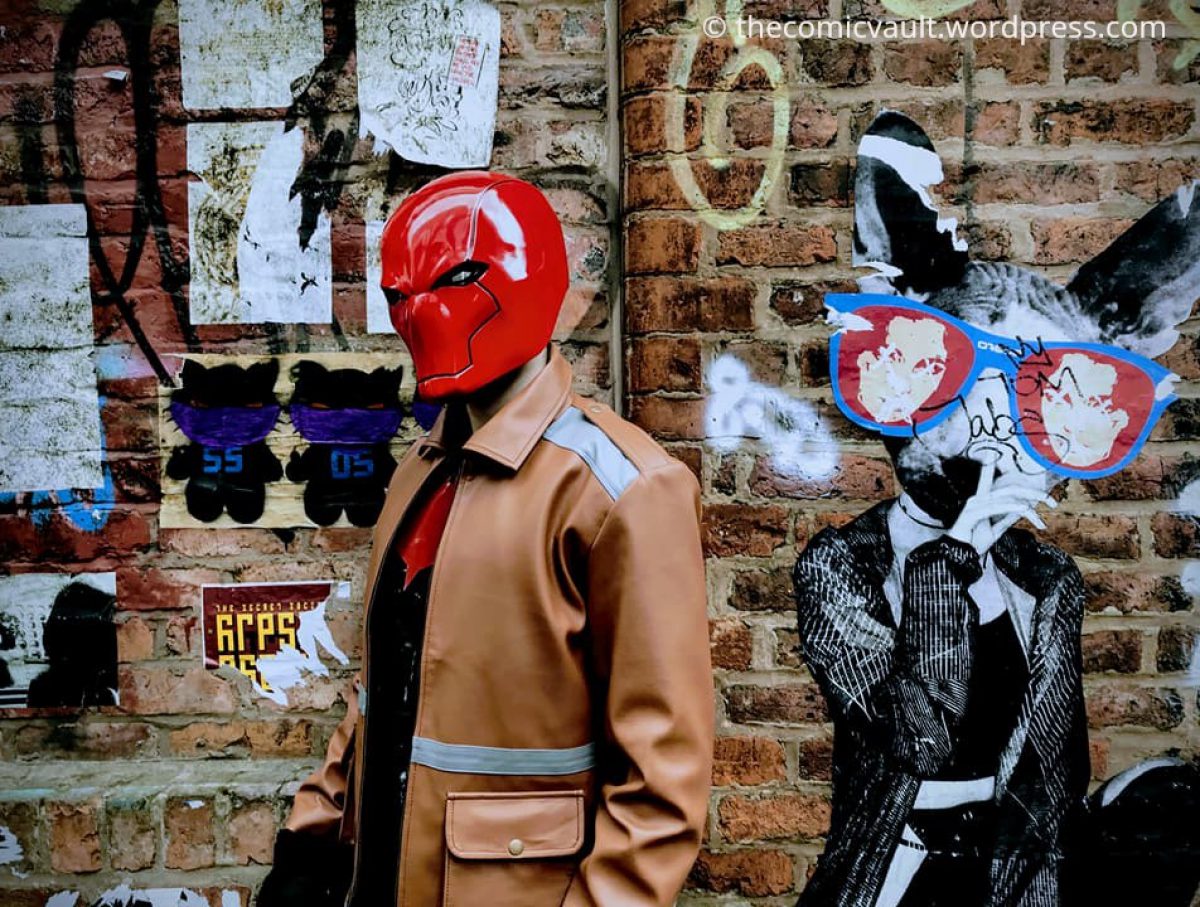Folklore is filled with all kinds of wonderous creatures, and one of the most-well known myths revolve around mermaids. From the malicious sirens of Greek mythology, to the gentle water spirits of Caribbean lore, stories of fish-tailed women can be traced throughout every culture. The story of the mermaid found its way into popular culture, thanks to Hans Christian Andersen’s The Little Mermaid and the Disney movie of the same name.
So, it should come as no surprise that mermaids have become a popular trope within the comics industry as well. DC’s Little Mermaid is a superhero that many comic fans might not be familiar with, but unlike the Disney version, the character wasn’t born a princess. Instead, Ulla Paske found herself trying to reconcile her surface upbringing with her underwater heritage.

Caught between two worlds
Created by Nicholas Pascale, E. Nelson Bridwell and Ramona Fradon, the character first appeared in Super Friends #9.
Ulla was born to a mixed family, with her father hailing from an Atlantean city called Tritonis and her mother hailing from Poisedonis. Her father had human legs, while her mother possessed a traditional mermaid tale. As a result, Ulla could change her legs into a fish tail, but could only survive underwater for around thirty hours. Due to this restriction, Ulla was raised in Denmark by human adoptive parents.
When she got older, she joined a superhero team called Global Guardians, acting as Denmark’s representative. Using Little Mermaid as her codename, Ulla helped her teammates on various missions, which included taking on the notorious Queen Bee of Bialya. The villain brainwashed the team, and Little Mermaid was one of the few who resisted. She fought bravely against Queen Bee, managing to foil her plans on several occasions.

Little Mermaid also proved to be an asset to mainstream superheroes like Aquaman and Superman. She helped the former dismantle a bomb in Atlantis and aided the latter in finding an ancient underwater city. She also helped Superman defeat a group of evil wizards who were plotting to take over Easter Island.
Death and resurrection
During her adventures in Bialya, Little Mermaid was seemingly killed by her fellow Global Guardians teammate, Jack O’Lantern. This occurred when the team was brainwashed and attacked the Justice League on the orders of Queen Bee. Jack O’Lantern shot Ulla by mistake, and a memorial was eventually created in her honour.

However, Little Mermaid reappeared some time later, claiming that the deceased version was her evil twin. At the time, it was common for comic writers to come up with cliched methods of bringing characters back to life. Nevertheless, Little Mermaid was one of DC’s more creative attempts at reimagining a common trope and introducing it to a modern comic audience.
As a fan of history and folklore, mermaids are one of my favourite mythological creatures. Be sure to read my interpretation of the myth in a short story called Kotwica, available to read through Liquid Imagination.


One thought on “More Than A Little Mermaid: Ulla Paske And Her Identity As Denmark’s Superhero”